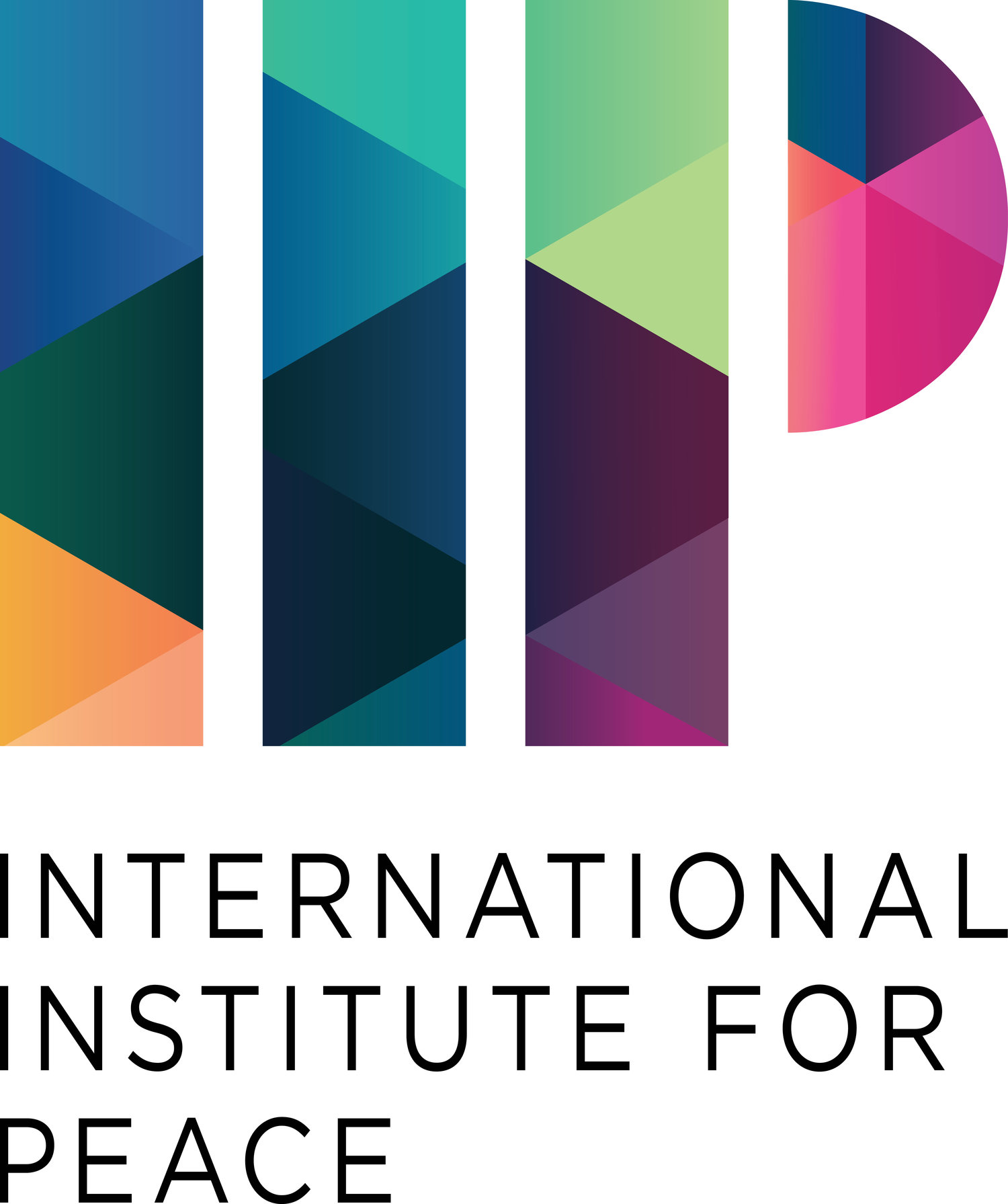Due to the still ongoing armed conflict in the Donbass region in Ukraine, which started in March 2014, the International Institute for Peace and the Graphische School Vienna invited several inhabitants of the east of Ukraine to speak about their experiences in times of crisis. They have not only survived situations in the operational zone, but still experience consequences of armed conflicts every day. They were accompanied to Vienna by Ukrainian artists who travelled to the conflict region over a period of several years and now talk about their impressions and challenges regarding an uncertain future. How has the war changed the everyday life in the Donbass region? What is the motivation for people from the West or Kiev to continuously travel to the east of Ukraine?
Alisa Kusnetzowa and Viktoria Gorodnskaya, school girls from Nikolajewka, which grew up in times of conflict, started the panel discussion. Viktoria was surviving the war from the distance, she was continuously worried about her grandmother who didn’t want to leave Nikolajewka. Due to the poor phone connection Viktoria could never be sure if she was still alive or not. Even tough these traumatic situations are now about three years old, she is still not able to understand what was going on in the war. Even though the war had such a huge impact on their lives, both of the girls are optimistic for the future. Viktoria is the chief editor of an independent newspaper, though that medium she and her colleagues try to bring a different kind of mind set to the Ukrainian population, which is not always easy, but necessary.
Alik Sardanian, came to Nikolajewka the first time during the rotations as a soldier. Now he is working as an artist, mostly in the theater, with teenagers from all over Ukraine. Being so much in contact with pupils from the east and from the west, he noticed that eastern children which survived the war are not so childlike anymore.
Olga Bakhucha, a teacher from the Donbass region experienced the bombardment of the school, as well as the rebuilding. After being rescued from the Ukrainian army after hiding in their basements, they discovered that big parts of the town were destroyed. There was no electricity, running water or phone reception. After some time the school got rebuilt and volunteers from the new Donbass organization came to the region, which was not well received by everyone in the beginning.
The photographer Anastassia Vlasova, was travelling to Donbass, to document peoples life and on-going processes in the region. Due to her intense contact with the people living in the area she senses that most of them are hoping for change and are getting more actively involved in civil society movements. Teenagers are dreaming of leaving the remote towns they grew up in to study in bigger cities. On the other side she received a very different mindset. Some teenagers seemed hardly influenced by the older generation, which still glorify the Sowjet Union and praise Stalin. This mindset is strongly reinforced through the medium of television.
Georg Genoux is a German regisseur who moved to Nikolajewka to work with students. In 2015 he founded the Theater of Displaced people. The theatre develops projects and social initiatives in Kiev and other regions in Ukraine. He works mostly with students from schools of the Donbass area. “Normal theater” was not possible in times of conflict, so they developed a method, which was also working on a psychological level. Their work focuses among other emphasizes on creating interdisciplinary dialogue on the topic of democracy.

